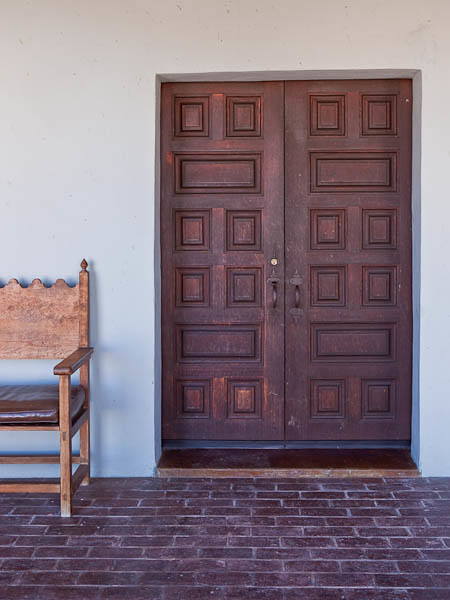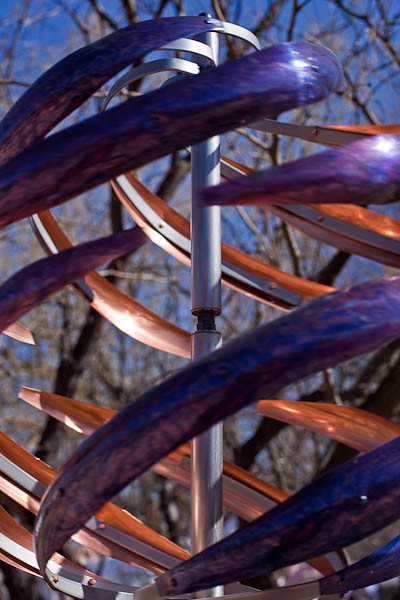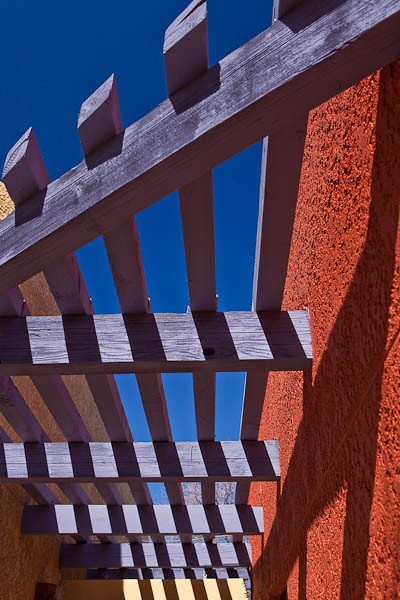Although this photograph of the outdoor portico at Tumacacori National Historic Park appears to not have much to do with a post about being an art show artist, it actually has everything to do with it.
https://www.circologhislandi.net/en/conferenze/ Once the decision has been made to do art fairs and festivals, there is no time for sitting and hoping that it will happen. You have to show up for your artist job, and you have to be willing to explore many options and alternatives by being open and willing to walk through the door of unknowns. Or to say it in plain words, you can’t send in applications to a few prime shows and watch your summer schedule fill up. The application process requires lots of effort, lots of time, lots of work. Until I developed a routine, I found it the most difficult part of being an art show artist.
Purchase Tramadol The first year I did the art fair circuit full time, I concentrated on local and area shows. I looked for small, locally run juried shows within a three hour drive of my home. These shows are the perfect training grounds. I could not have applied to the larger, nationally recognized shows this year if I had not had a year of experience under the 10′ x 10′ canopy. That may not be true for everyone, but I needed a year of rehearsal before I felt ready to tackle the big guys.
https://www.petwantsclt.com/petwants-charlotte-ingredients/ Even then, once I did start applying to the large shows, I kept in mind the one phrase my mentor repeatedly told me. “Doing art shows is a crap shoot.” You can do everything right, and still rack up a considerable number of rejections. But amongst the many rejection notices are the sweet acceptances, the “see you in June” notices. So far this year I have amassed 9 acceptances from quality shows, 10 rejections, and 5 spaces on waiting lists. The wait list notice puts you in a state of limbo – do you accept your second choice show for that wait-listed weekend and decline to be on the wait list or do you wait it out? Each wait list notifications requires a juggling act of yeses, noes, and maybes. I chose to stay on 3 of the wait lists, and was upgraded to acceptance in one of the shows. With the other two, I’m still waiting.
The best I can tell you? Do your homework and learn about each show you want to apply to. How much will your actual costs be, including driving, hotels, eating out? How well does your art fit in with the art typically shown? Check last year’s website for a show. Often there is a list of participants and you can check their art on the internet most of the time.
And don’t count on making a big profit at the beginning. It takes time for you to become established, yes, established, on the art show circuit. First you will celebrate that you made enough money to cover your booth fees. Then you celebrate that you covered your fees and expenses, too. And then you celebrate that you are realizing a profit.
And all along, you celebrate that you are an artist, showing your work, meeting the public and other artists, and selling your work to clients who fall in love with your art. Those are the best benefits of all.
Here are the links to the first four parts of the series: Part I — initial questioning , Part II – starting up, Part III — doing the first few art fairs, and Part IV — more “on the job” training.
————————-
Bo Mackison is a photographer and owner of Seeded Earth Studio LLC. She is living in Tucson for two months – exhibiting her photography in art shows, taking photographs, and blogging about photography, art fairs, and living life “solo” while filling each day with learning–about the Sonoran desert, about creating art, and about living a meaningful life.












